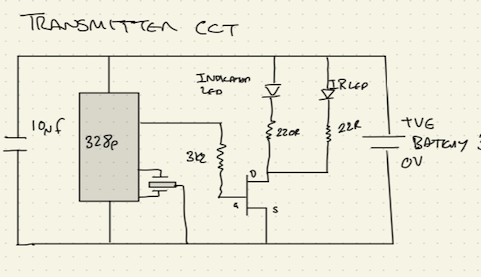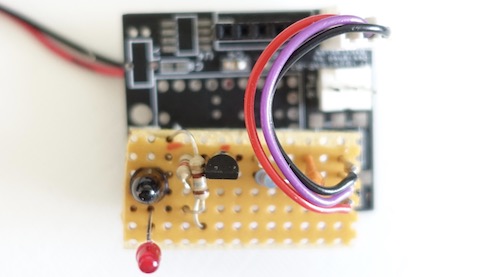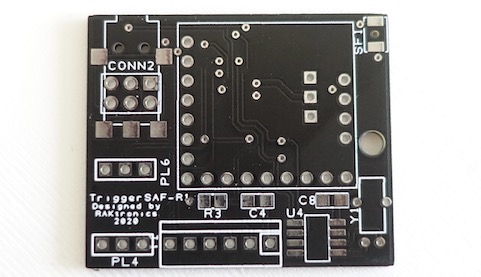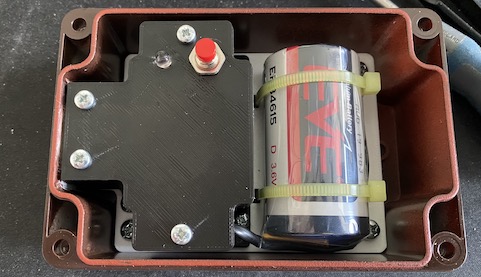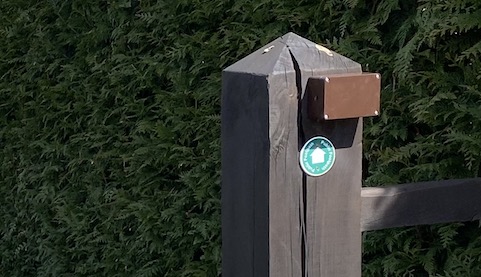How do I fit in to this?
Late in 2012 I was looking to move on from my current employment and some of my former colleagues had been working on the idea for getWaiter and needed someone to manage the development of the project. In early 2013 I quite my job and setup RAKtronics to help implement getWaiter.
Unusually for me this project involves no electronics and non of my traditional software skills but at the same time was more than just project management.
The initial phase was to take the initial concept and work it in to something that we could create and be easily usable by both the venues and their customers.
The name
Many names were put forward, six star service, camarero, garçon and many more before getWaiter was finally decided on.
The table code
We needed to provide a unique code for each possible location of which the system was to be used. As this was to be aimed at individual table use the code would need to allow for a large number of variants. We initially looked at using NFC as it is much simpler to use for the customer but eventually settled on QR codes as NFC was not implemented on iOS and probably would never be. Much experimentation was carried out to get the most codes while maintaining reliability, we ended up with enough codes to tag every table in the world several times over!
The App
The app had to be simple to use, reliable and deployable across multiple platforms, initially iOS and Android and then others if there was a demand. I developed a few concept apps in Xcode for iOS but was put off by the difficulty in then porting across to Android, we needed another solution. Working with Aaron from SplatteredPixel we found the PhoneGap and Cordova platforms that allows a ‘web app’ to be developed and then easily deployed across many platforms. A graphic designer was brought in to create the graphics for the various logos and icons.
A specification was created and the app written.
The web site and service
The web site consists of two halves, the getWaiter web site (www.getwaiter.com) used to promote the service so people can sign up and the venue pages used to maintain and view the customer calls.
Initially the graphic designer came up with a website layout but it was felt that this did not meet the requirements so Aaron and myself came up with a much more modern concept that the current site was based on.
An SEO guy was consulted to make sure the site met the current SEO requirements, this resulted in a lot more pages being added to the site, something I was not to keen on!
Working with web office systems (WOS) the website, venue pages (waiter station), there back end and the API for the app was implemented and tested with the app.
Testing
Much testing was done on all parts of the system, the app and API were fine tuned to give a rapid and reliable service to the customer even in very poor signal areas. All errors trapped and the appropriate messages shown.
The sign up process was simplified and then simplified again to get the most simple, the quickest and most foolproof process.
A similar process was carried out on the waiter station to provide a visually appealing reliable system.
Deployment
getWaiter went live late in 2013 and has been steadily improved and added to over time based on new technologies and customer feedback.
Update 2015:
Several features have been added to the getWaiter process recently:
- The signup process have been simplified down to just a few questions.
- A waiter station API was created so third parties can incorporate the waiter station on to their own platforms and EPOS systems.
- A Windows/Mac/Linux waiter station app has been created. This can be used on desktop PC systems, windows tablets etc. The setup, use and reliability is greatly improved over the web based waiter station.
- An iOS/Android waiter station app has been created for tablets and phones. This will be much more reliable than the web based interface.
More information
For more information see the getwaiter website (www.getwaiter.com).


